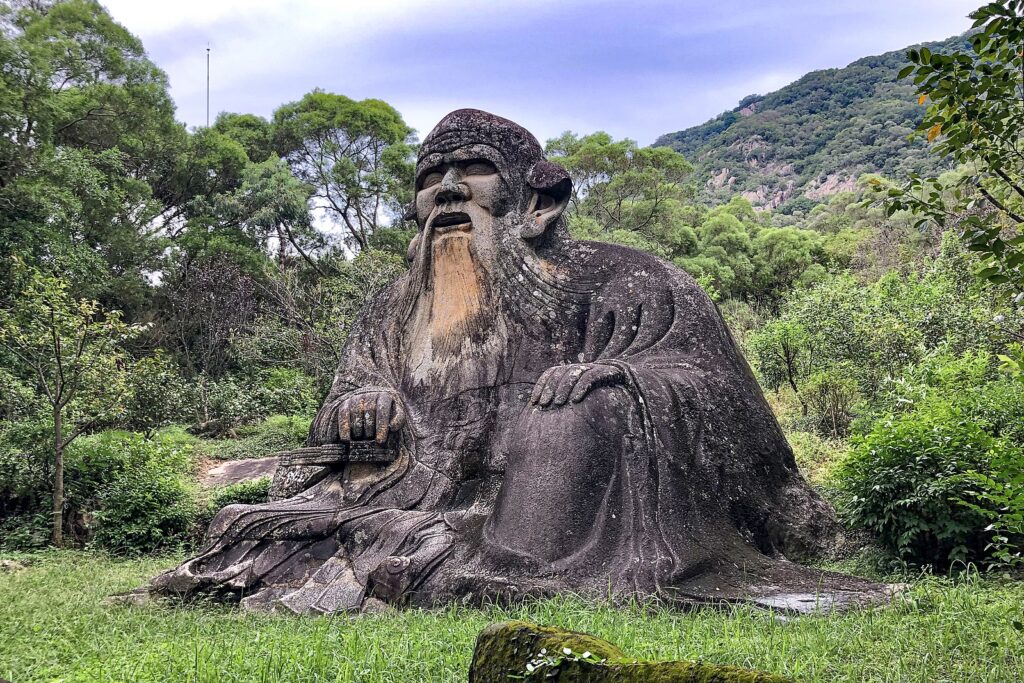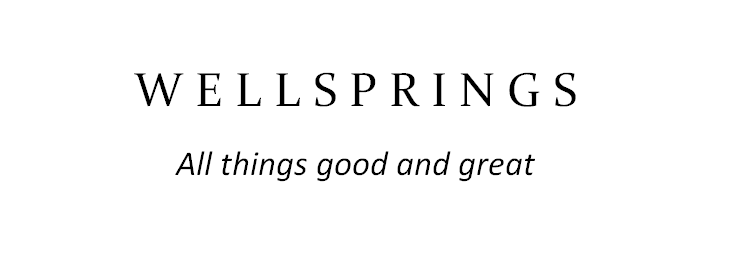Khing, a worker in rottlera wood, carved a bell-stand. When it was completed, all who saw it were astonished as though it were the work of spirits. The Prince of Lu went to see it and asked: “What mystery is there in your art?”
“Your subject is but an artisan,” replied Khing. “What mystery should I be possessed of? And yet there is one thing: When your servant had undertaken to make the bell-stand, he guarded against any waste of his vital power. I fasted to reduce my mind to quiescence. After fasting for three days, I did not presume to think of any reward or rank to be gained. Five days and I had forgotten all about myself – my limbs and my body. By this time, my skill had become concentrated; everything from without that could divert my mind had disappeared. Then I went into the forest and looked at the natural forms of the trees. When I saw one of a perfect form, then the figure of the bell-stand rose up in my mind, and I applied my hand to the work. Had I not met with such a tree, I must have abandoned the task. I let my Heaven-given faculty cooperate with the Heaven-given qualities of the wood. What was believed to be the work of spirits in the bell-stand was due solely to this.”
Courtesy: Taoist Tales by Raymond Van Over
The bell stand is a feature in the Poem of the Woodcarver from Chuang Tzu, a Taoist text. Chuang Tzu is a collection of Taoist thought that critiques conventional categorisations and evaluations. It encourages a flexible and fluid way of understanding that is not committed to a fixed system.
Taoism is a diverse philosophical and religious tradition indigenous to China, emphasising harmony with the Tao (way, road, path or technique). Taoist thought has informed the development of various practices within the Taoist tradition and beyond, including forms of meditation, astrology and feng shui. A common goal of Taoist practice is self-cultivation, a deeper appreciation of the Tao, and more harmonious existence. Taoist ethics emphasise such virtues as effortless action, naturalness, simplicity, and the three treasures of compassion, frugality and humility.

Lao Tzu, or Laozi, was a semi-legendary ancient Chinese philosopher and a revered figure in Chinese culture. He is generally considered the founder of Taoism and author of the Tao Te Ching, the foundational text of Taoism. Lao Tzu is a Chinese honorific, typically translated as “the Old Master.“
Image: Stone statue of Lao Tzu at Qingyuanshan in China.
